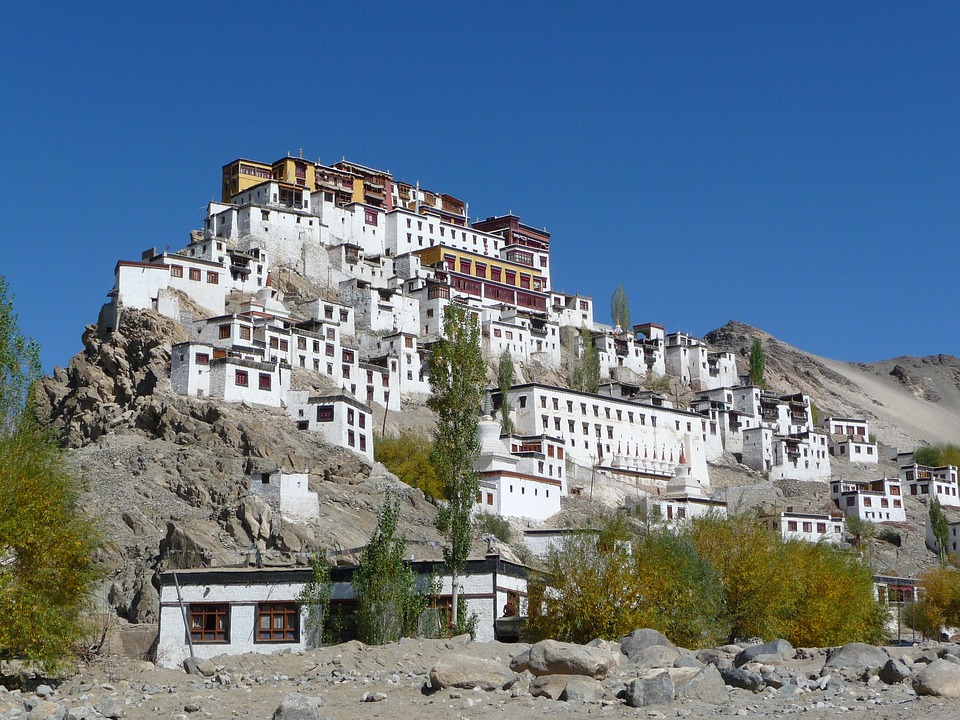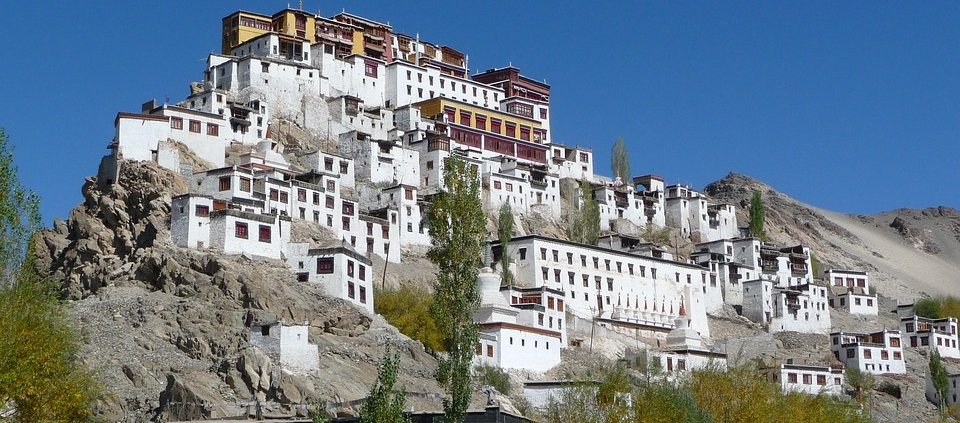What’s the Best Time to Visit India for Culture and Adventure?
India is a land of diverse landscapes, vibrant cultures, and a history that stretches back thousands of years. For any traveler, a trip to India is often on the bucket list, but there’s one important question: when is the best time to visit India? With its vast geography and varied climate, India offers unique experiences throughout the year, but knowing the ideal time to visit can significantly impact your overall travel experience.
In this guide, we’ll explore the best time to visit India, considering the weather, festivals, and activities that will make your trip memorable. Whether you’re looking to explore the cool mountains, the sunny beaches, or the bustling cities, the time of year you choose will shape your journey.
Understanding India’s Climate
India is a massive country with a wide range of climates that vary dramatically depending on the region. There are three primary seasons in India:
- Summer (March to June): India’s summer can be intense, especially in the northern and central regions. Temperatures can soar above 40°C (104°F) in many areas, particularly in Rajasthan, Delhi, and central India. The coastal regions like Goa, however, remain relatively cooler.
- Monsoon (July to September): The monsoon season brings heavy rains to most of the country, which can make outdoor activities challenging. The southwest coast and parts of Kerala receive the heaviest rainfall, while northern and central India remain drier.
- Winter (October to February): Winter is considered the most comfortable season to visit India. Temperatures are generally cooler, especially in northern regions, and pleasant in southern and coastal areas. It’s the peak tourist season, as it allows for sightseeing and outdoor activities without the discomfort of extreme heat or heavy rain.
The Best Time to Visit India: Season by Season
1. Winter (October to February) – The Ideal Time for Most Travelers
Without a doubt, the best time to visit India for most travelers is during the winter months, from October to February. The weather is much more comfortable, making it perfect for sightseeing, trekking, and other outdoor activities. Whether you’re visiting the historical monuments of Delhi and Agra, exploring Rajasthan’s deserts, or relaxing on the beaches of Goa, winter provides the most favorable conditions.
In northern India, the temperature ranges from 5°C to 25°C (41°F to 77°F), making it perfect for exploring the cultural hubs of Jaipur, Delhi, and Varanasi. The winter months also mark the peak season for trekking in the Himalayas, where the crisp air and clear skies provide stunning views of snow-capped peaks.
In southern India, the temperature is slightly warmer but still pleasant. The coastal regions of Kerala and Tamil Nadu offer a perfect beach getaway with gentle sea breezes and clear skies.
Winter is also the season for some of India’s most famous festivals. Diwali, the Festival of Lights, usually falls in October or November, and it’s an experience like no other. Similarly, the Pushkar Camel Fair in Rajasthan, held in November, is an annual event that draws visitors from around the world.
2. Summer (March to June) – Ideal for Hill Stations and Desert Adventures
Summer in India can be quite hot, especially in the northern and central parts of the country, where temperatures can easily exceed 40°C (104°F). However, this season is still a great time to visit the cooler hill stations in the Himalayas or the deserts of Rajasthan.
For those seeking cooler temperatures, places like Shimla, Manali, and Dharamshala in the north, or Ooty and Munnar in the south, offer refreshing retreats away from the heat. The hill stations are popular during summer because of the pleasant weather and beautiful landscapes.
Additionally, if you’re interested in experiencing India’s desert culture, Rajasthan during the summer offers unique experiences like camel rides through the Thar Desert and visiting the famous sand dunes of Jaisalmer. While the heat is intense, the desert landscape is fascinating and offers a totally different perspective on India.
Summer also brings fewer tourists to popular destinations, making it an excellent time to explore India’s more peaceful, less crowded spots.
3. Monsoon (July to September) – A Time to Experience India’s Green Beauty
The monsoon season in India is a double-edged sword: it brings much-needed rain to replenish the land, but it also causes disruptions in travel due to heavy downpours and flooding. The monsoon is not the best time to visit if you plan to explore India’s historical sites or engage in outdoor activities, especially in regions like Rajasthan and Delhi, where the heat combined with the rain can be uncomfortable.
However, the monsoon season is ideal for those who want to experience India’s natural beauty. The countryside transforms into a lush green paradise, with waterfalls in full force and rivers overflowing with life. The Western Ghats and Kerala are particularly stunning during this time, and the rain enhances the beauty of tea plantations, making it a great time for nature lovers.
If you don’t mind getting wet, the monsoon season is also the time for spiritual experiences. The rain adds an ethereal quality to places like Varanasi, making the holy river Ganges even more majestic.
However, do keep in mind that the weather can disrupt travel plans, and some tourist sites may close temporarily due to flooding. It’s important to plan accordingly and check weather updates before embarking on a monsoon trip.
Festivals and Events That Define the Best Time to Visit India
India is known for its vibrant festivals that celebrate its rich cultural diversity. Depending on the time of year you visit, you can experience some of the world’s most famous festivals:
- Diwali (October-November): Known as the Festival of Lights, this Hindu festival is celebrated across the country with fireworks, traditional sweets, and grand celebrations.
- Holi (March): The Festival of Colors is a joyous occasion that marks the arrival of spring, celebrated with music, dancing, and, of course, colorful powder.
- Pushkar Camel Fair (November): Held annually in Rajasthan, this festival attracts tourists from across the globe for its camel races, cultural performances, and vibrant market.
These festivals add an extra layer of excitement and immersion to your trip, making it an unforgettable experience.

Conclusion
The best time to visit India truly depends on what you want from your experience. For most travelers, winter (October to February) offers the most comfortable weather for exploring the country’s vast array of attractions. However, each season in India has its unique charm. From the snowy mountains in the north to the lush rainforests of the south, India offers a multitude of experiences year-round.
Whether you’re trekking in the Himalayas, exploring ancient temples, or simply enjoying the colorful festivals, India is a destination that rewards travelers at any time of the year.




Leave a Reply
Want to join the discussion?Feel free to contribute!